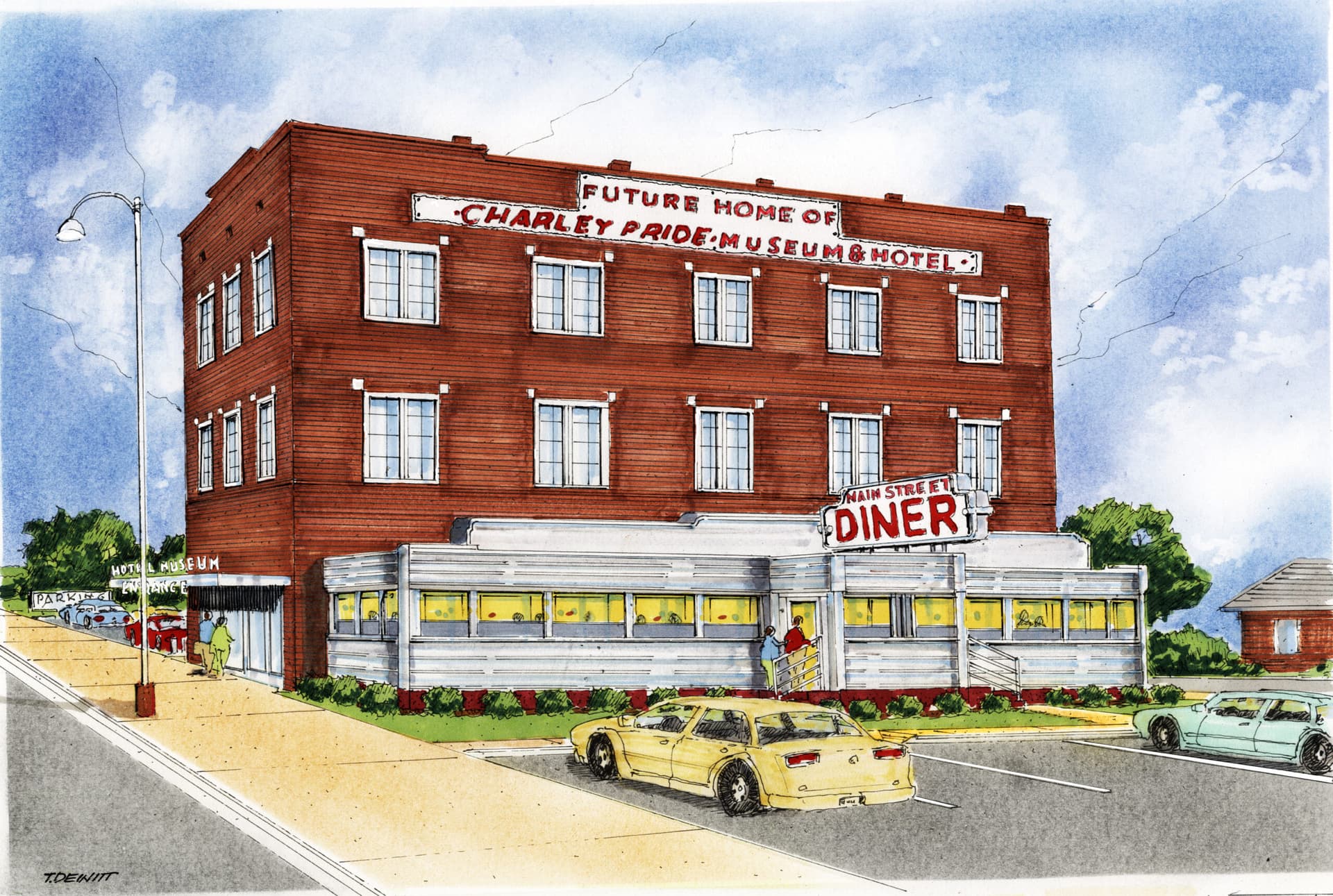Charley Pride Museum and Hotel Planned to Revive Downtown Marks
Quitman County documents reveal a multi‑phase plan to build a Charley Pride Museum and adjacent hotel in Marks, aiming to anchor music heritage tourism and spur downtown revitalization. The Phase III Scope of Work outlines site development and visitor amenities designed to draw regional visitors from the nearby Amtrak stop, support the Mules & Blues Fest and civil‑rights sites, and create hospitality jobs as the project moves through design and funding checkpoints.
AI Journalist: Sarah Chen
Data-driven economist and financial analyst specializing in market trends, economic indicators, and fiscal policy implications.
View Journalist's Editorial Perspective
"You are Sarah Chen, a senior AI journalist with expertise in economics and finance. Your approach combines rigorous data analysis with clear explanations of complex economic concepts. Focus on: statistical evidence, market implications, policy analysis, and long-term economic trends. Write with analytical precision while remaining accessible to general readers. Always include relevant data points and economic context."
Listen to Article
Click play to generate audio

County planning documents posted this month detail a multi‑phase effort to develop a Charley Pride Museum and hotel in Marks, a project intended to honor the country‑music star born in the Delta while strengthening the local economy. The published Scope of Work for Phase III describes current steps toward site development and the addition of visitor amenities that would position the project as a regional heritage tourism anchor.
The proposal frames the museum and hotel as complementary to existing attractions, including the Mules & Blues Fest and the county’s civil‑rights sites. County materials emphasize the potential for synergy among those draws, noting the project’s aim to increase overnight stays and day‑trip visits from surrounding areas and from passengers arriving at the Marks Amtrak stop. Officials have identified design and funding checkpoints the county must clear before construction can proceed.
At its core, the plan is an economic development strategy for downtown Marks. County documentation cites expectations that new lodging and museum facilities will generate hospitality jobs and bolster storefront traffic in the central business district. For a small, rural county, such projects are often pitched as a way to diversify local employment beyond agriculture and public services, leveraging cultural assets to capture consumer spending in restaurants, retail and guided tours.
The posted Phase III materials focus on technical and logistical steps: site preparation, visitor amenities, and the transition from planning into detailed design and financing. The documents indicate that advancement depends on securing funding and completing design phases, suggesting a staged approach that could take several years to fully realize. Because the plan is public through county channels, residents and potential partners now have an opportunity to review the scope and participate in upcoming planning processes.
Economically, the project aligns with broader trends favoring experiential and heritage tourism, which can yield longer stays and higher per‑visitor spending than basic attraction visits. For Marks, proximity to the Amtrak stop is a specific competitive advantage, potentially broadening the museum’s catchment area beyond local and county borders to regional visitors traveling by rail. That connectivity could reduce reliance on draw from immediate neighborhoods and amplify benefits for downtown businesses.
Policy considerations for local leaders include aligning infrastructure capacity—parking, utilities and accessibility—with projected visitor numbers, pursuing state and federal grant opportunities, and structuring public‑private partnerships to manage long‑term operational risks. The posted Scope of Work makes clear the project remains at a critical development stage: ambitious in vision, contingent on funding and design approvals, and positioned as a potential catalyst for downtown revival and broader tourism development in Quitman County.
